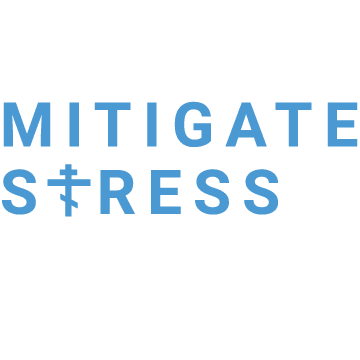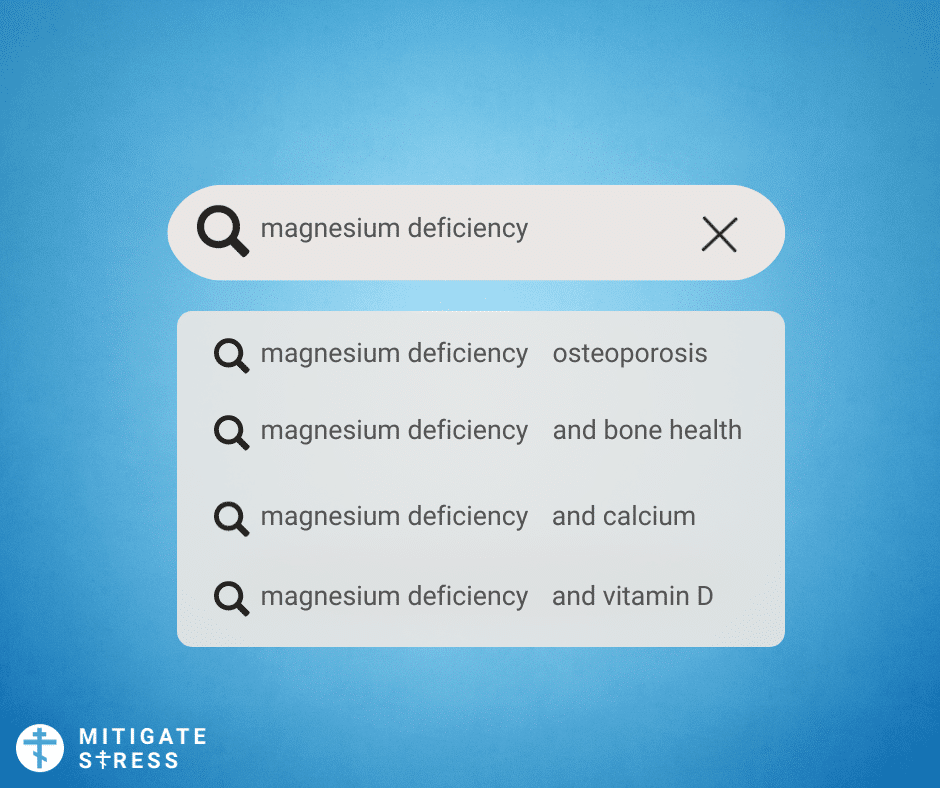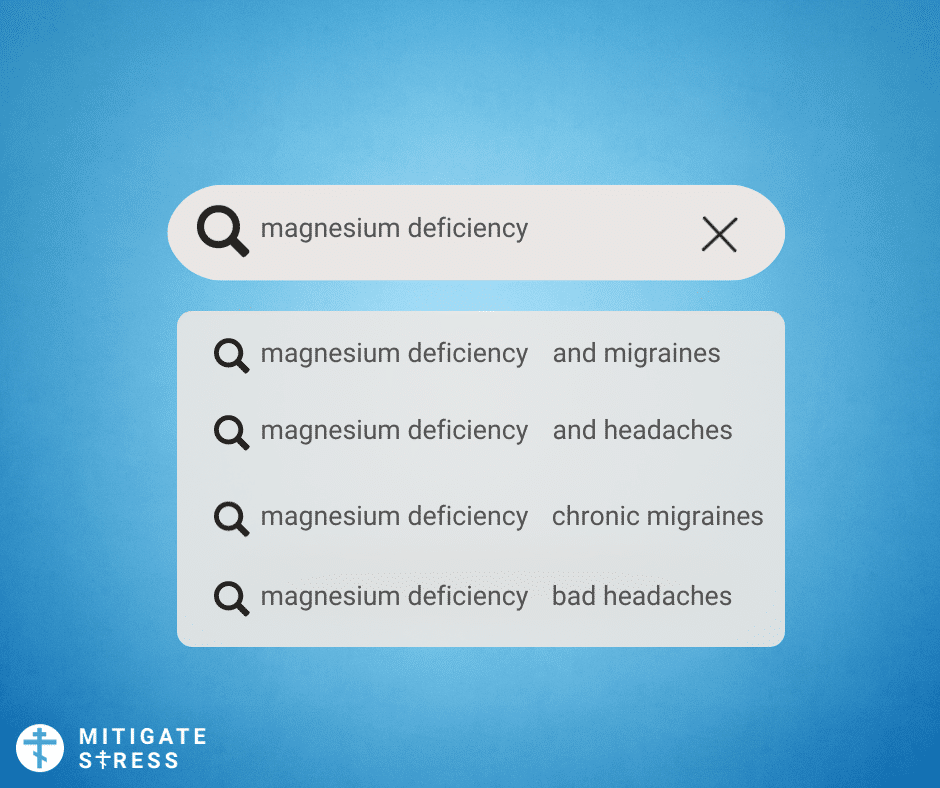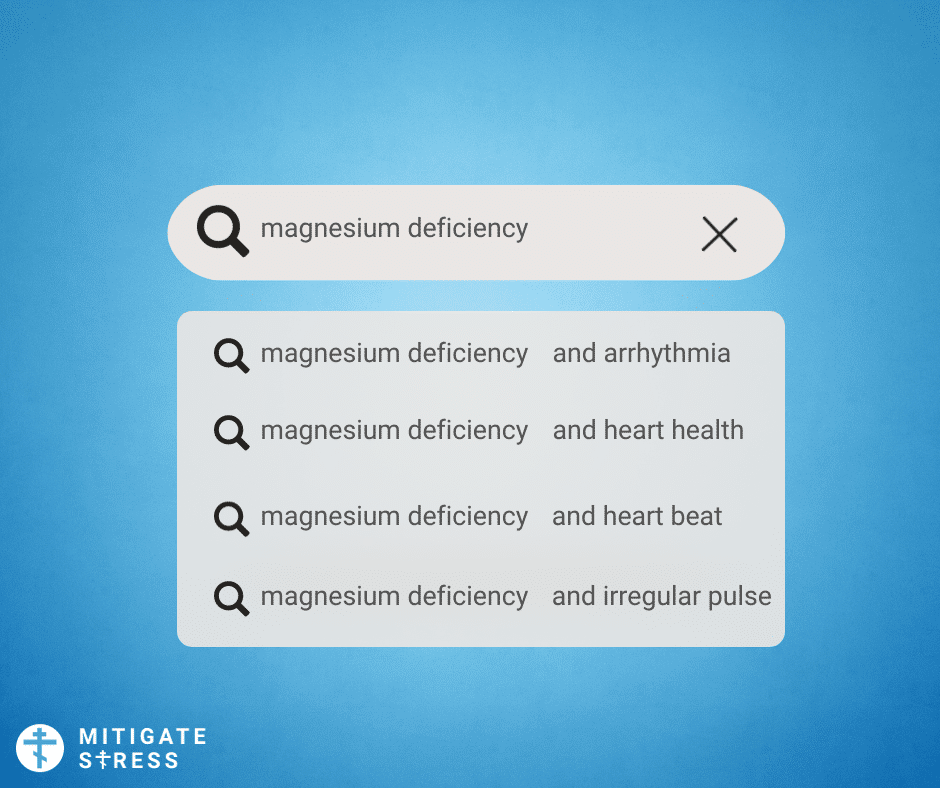Trigger-pointing is also known as self-myofascial release. It’s simply a form of self-massage literally performed by you. Typically, we advise you to utilize effective yet simple tools such as a softball, lacrosse balls, a kettlebell handle, a barbell, Theracane, even massage guns, and scraping tools like guasha blades (which are less deep but are highly effective). There are specialized tools for trigger-pointing from companies like Kabuki Strength, The Trigger-Point Company, SKLZ, Theracane, and others.
Many of us often mindlessly (passively) stretch if we are experiencing some form of pain or tightness, but imagine an elastic band twisted up with knots. If you try to stretch that band, it begins to tighten up those specific knots even more so while placing unnecessary & extreme amounts of stress on the non-knotted areas of the band (tissue). This can eventually lead to a tear or even a complete severing of an area that is weakened and dry because the tension should have been applied evenly throughout the entirety of the band (tissue). Knots create weak points rather than evenly distributing tension throughout the band.
Now, we actually try to perform stretches every day, you can’t really not stretch, and no, we are not advocating that you stop stretching. It’s really HOW we stretch that has created so many problems among many individuals suffering from chronic and/or acute pain. This is where the corrective exercises come into play.
We stretch through “corrective exercises” (and dynamic stretching). This method ensures you respect the length-tension relationship throughout the body rather than just stretching without tension. So basically, we activate proper tension to create length through the area that we are intentionally trying to stretch instead of passively holding a stretch, which can create weakness, pulls, and a flaccid structure that lacks muscular engagement and explosive power.
The point of trigger-pointing is to make the fascia more malleable and hydrated and to create space in the fascia so you can perform corrective exercises properly and efficiently and avoid unnecessary pain and injury.
Trigger-pointing hydrates and creates a range of motion, whereas passive stretching tugs on dehydrated knots, creating a lack of elastic recoil in the tissues. When you jump right into corrective-style stretching without any form of myofascial release, it can almost seem as if you are pushing against a wall, so to speak. It makes it a lot harder to stretch, play, and move properly if you don’t hydrate the fascia first.
As the snowball effect implies, the more we do these foundational habits, the bigger the results. It all starts with trigger-point therapy release. We have to go deep. We have to spend a good amount of time on each trigger point. We have to explore, scan, and slowly apply deep pressure and various angles on these hot spots until that pain fades and we experience a dramatic shift in performance and mobility with each trigger-point release.
If you are new to trigger-pointing or just want to improve your fitness routine, check out our Free Posture Performance Routine, where we break down step-by-step video instructions on the how-tos and what to avoid.
* This post contains affiliate link(s) or codes. An affiliate link or code means I may earn advertising/referral fees if you make a purchase through my link, without any extra cost to you. It helps to keep our small business afloat. Thanks for your support.






0 Comments